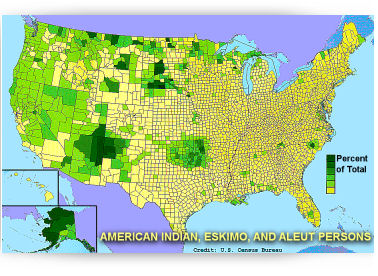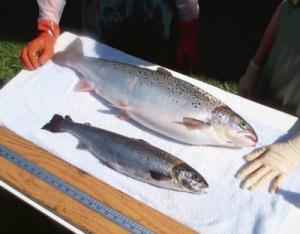
By Jerry Cornfield, Herald Writer
SEATTLE — Four former Washington governors spent an hour in a television studio Tuesday dishing on the high, low and unforgettable moments each experienced as the state’s chief executive.
And then it got interesting when the two liberal Democrats and two moderate Republicans detoured into politics.
Democrats Chris Gregoire and Mike Lowry and Republicans Dan Evans and John Spellman all praised last week’s Supreme Court ruling toppling a voter-approved requirement for a two-thirds majority to raise taxes.
“Two-thirds doesn’t make any sense,” said Evans, the state’s only three-term governor who served from 1965-77. “You can’t let the minority run the government or the state.”
But Gregoire, who left office in January after two terms, said not to expect a flood of new taxes this year because lawmakers know how popular the supermajority rule is with voters.
“I would be shocked if legislators run wild right now,” she said.
Then Evans added a spirited exclamation: “No legislator likes to do it unless they have to do it. Doggone it; the people have the last say.”
The gubernatorial quartet gathered in the KCTS9 studio in Seattle to tape an hour-long special to air April 16. Enrique Cerna of KCTS and Joni Balter, assistant political editor of The Seattle Times, moderated the conversation.
While each of the four ex-governors served in a different decade, they shared a similar passion for public service when they ran for the office.
Of course, not every one had an equally easy time getting the job.
Spellman first ran in 1976 and lost to Democrat Dixie Lee Ray, the state’s first woman governor.
“We didn’t see her coming on and it was kind of a shock,” he said. “We didn’t know how to lay a glove on her.”
Four years later he ran again. He expected a rematch but she lost in the primary. Spellman went on to defeat Democrat Jim McDermott and is the last Republican to serve as governor.
Gregoire etched her place in state history with a nail-biting defeat of Republican Dino Rossi in 2004 following recounts and a court case.
When asked to describe her experience, she joked: “One word comes to mind, refresh.” She was referring to continually checking online for the updated tallies of votes during the final hand count.
Once in office, each dealt with budget shortfalls. Three — Spellman, Lowry and Gregoire — raised taxes to help fill the gap.
“It had to be done,” Spellman said, adding the money was needed for schools and social services. “It didn’t help me politically.”
Evans, meanwhile, tried twice without success to win voter approval of an income tax as part of a larger reform package.
“We got our heads handed to us” the first time, he said. “We tried it one more time and it was almost three-to-one. People will live with the taxes they know. When something new comes up, they get skeptical.”
Lowry, who served from 1993-97, sounded much like a candidate again when he called today’s opposition to taxes “self-defeating. I think we’ve kind of lost sight of the importance of a well-run government. We need to get more revenue into this state.”
The potential of initiatives to handcuff lawmakers and governors in budget-writing and policy-making united the foursome.
“I think initiatives are leading us to anarchy,” Spellman said, adding he’d like to see some areas of government immune to change through initiatives.
As for achievements, Lowry cited his expansion of the Basic Health Program providing subsidized health insurance to the poor while Spellman said it was establishing a relationship with China which is now the state’s leading trade partner. Evans said he’s most proud of creating the community college system and the Department of Ecology.
One of the more emotional moments came when they discussed their toughest decisions.
For Gregoire, it was endorsing marriage for same-sex couples. She said she struggled with it mightily and “the weight of the world was lifted” when she went public.
Her most difficult day was the one when four Lakewood police officers were gunned down.
Lowry said he regrets not commuting the death sentence for convicted Snohomish County triple murderer Charles Campbell in 1994. Lowry opposed the death penalty but said he could not override the actions of the courts which had rejected Campbell’s repeated appeals.
One of the last questions they faced is how they prepared for life after being governor.
For Gregoire, it meant re-learning how to drive after eight years of getting chauffeured everywhere. She said she’s gaining her confidence, though not so much with parallel parking.
“It’s an adjustment,” she said. “Parking the car is an adjustment.”
Evans, who also served as a state lawmaker and U.S. senator, welcomed not being in the spotlight.
One of the frustrations of being governor, he said, is everyone recognizes you and you can’t get away with your family.
“It ultimately fades away and anonymity returns,” he said.












